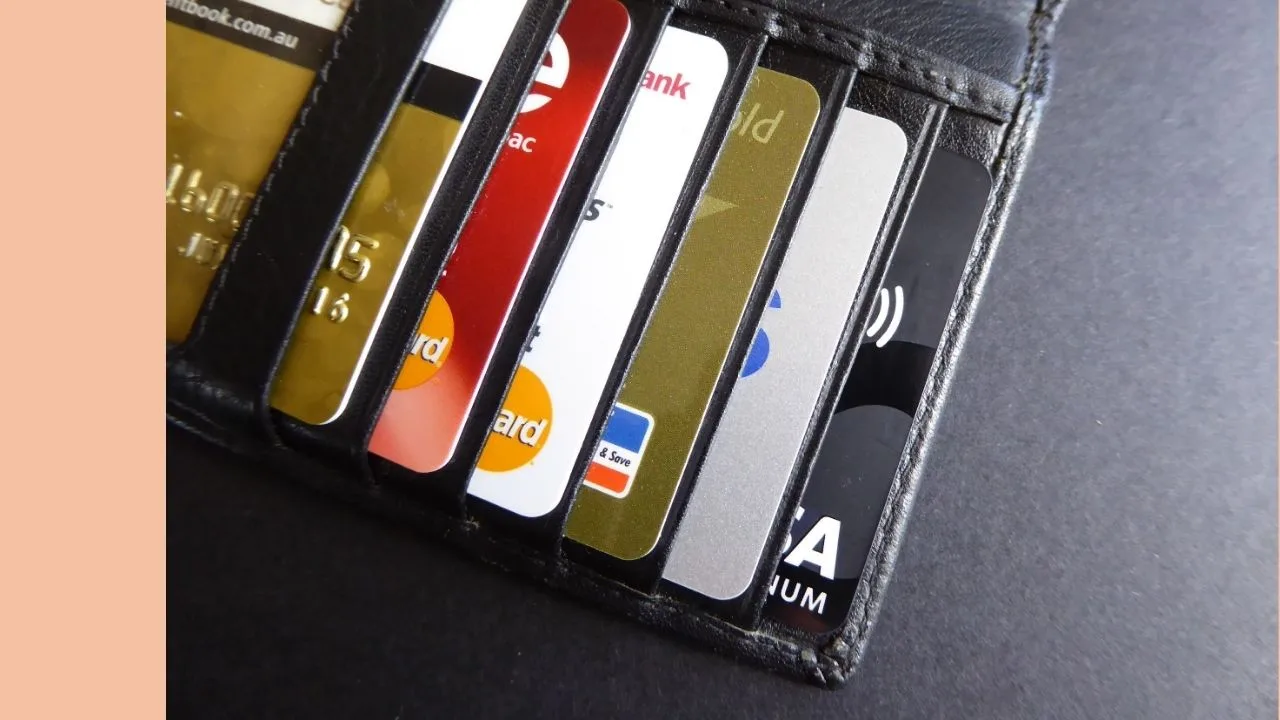Westpac Banking Corp (ASX: WBC) has reported its FY20 result to the market showing a big decline in profit. Are Westpac shares a buy?
Painful FY20 result for Westpac
Westpac reported that its statutory net profit after tax declined by 66% to $2.29 billion. Cash earnings fell by slightly less, down 62% to $2.61 billion. Cash profit/earnings per share (EPS) also declined hard – down 63% to 72.5 cents.
A significant portion of the profit decline was related to ‘notable items‘. Excluding notable items, cash earnings dropped by 34% to $5.23 billion. As a reminder, those notable items were for things like the after tax provisions and costs for the AUSTRAC proceedings, provisions for Hayne Royal Commission costs, writedowns of intangible assets, and asset sales and revaluations.
Looking at some of its key financial metrics, its net interest margin (NIM) declined by 4 basis points (0.04%) to 2.08%. The NIM is very important because it shows how much money the bank is making on the money it’s lending out compared to the cost of the funding.
Another important statistic is that Westpac’s common equity tier 1 (CET1) capital ratio was 11.13%, so it remains unquestionably strong (with APRA’s definition) despite all of the COVID-19 impacts on the bank.
Westpac dividend
Westpac has declared a fully franked final dividend of 31 cents pare share. This represents 49% of the full year statutory profit, which is essentially the maximum dividend that Westpac could pay under the existing APRA guidance.
This dividend represents a final dividend cut of 61.25% and a full year dividend cut of 82%.
Management comments
Westpac CEO Peter King said: “2020 has been a particularly challenging year and our financial result is disappointing…We have, however, continued to maintain the strength of Westpac’s balance sheet.
“Westpac has made significant progress on becoming a simpler, stronger bank. While this year had its challenges, we have made important changes to the business, including introducing a new operating model, progressing the exit of several businesses, adding more than 400 people to our risk, compliance and financial crime team, and completing the appointments in my executive team.”
Time to buy Westpac shares?
More than two thirds of Westpac’s home loan customers on deferral packages have started making repayments again as at 28 October 2020. However that still means that a third of the loan packages haven’t amounting to $16.6 billion of mortgages.
Westpac is expecting economic growth to improve through 2021 and 2022, though unemployment is projected to remain elevated for some time.
The major ASX bank is still well capitalised. But the percentage of Westpac Australian mortgages that are 90+ days past due rose significantly to 1.62%.
Westpac certainly isn’t out of the woods yet. I don’t think it’s an obvious buy when there is still a large amount of loans not paying and arrears are rising. It could be worth holding in three or so years when/if interest rates start rising.
But there are many other ASX dividend shares I’d rather buy first such as Washington H. Soul Pattinson and Co. Ltd (ASX: SOL) that I covered here at length.






